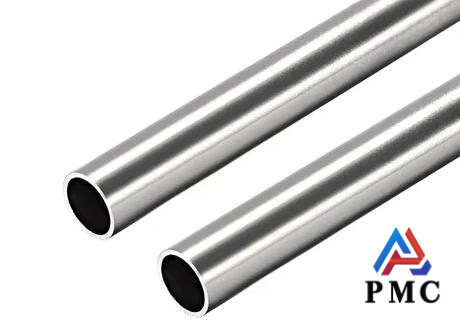304 stianless steel pipes and 316 stainless steel pipes are the two most commonly used types of stainless steel pipes. The main difference in chemical composition is that 316 stainless steel contains Mo, and because the nickel-chromium content is higher, the corrosion resistance is better, especially at high temperatures. Mo is a high-temperature resistant substance, so under high temperature conditions, mechanical equipment generally uses 316 stainless steel parts. The 304 material is relatively affordable, has good processing performance and is more widely used.
Many people are afraid of buying counterfeit stainless steel pipes when purchasing, so they ask whether they can tell the difference between 304 stainless steel pipes and 316 pipes on the surface. Many people are afraid of buying counterfeit stainless steel pipes when purchasing, so they ask whether they can tell the difference between 304 stainless steel pipes and 316 stainless steel pipes on the surface.
So, can we distinguish 316 and 304 stainless steel pipes from their appearance? In fact, it is difficult. They look almost the same to the naked eye and are easily confused. Generally, manufacturers will stamp the tube during production to avoid disputes in the sales process or cause trouble in the multiple inspections during the circulation process. The material of 304 is 06Cr19Ni10, and the brand is sus304; the material of 316 is 0Cr17Ni12Mo2, and the brand is sus316.
In addition to looking at the steel stamp on the stainless steel tube, there is really no other way to distinguish 304 steel tubes and 316 steel tubes by surface energy. However, there are still many ways to distinguish these two materials, including reagent testing, laboratory testing and spectroscopy.
- Reagent method:Generally, Ni8 reagent is used to distinguish 304 stainless steel, and No2 reagent is used to distinguish 316 stainless steel. When using reagents to distinguish, the main thing to do is to observe the color change. When using Ni8 reagent to distinguish 304 stainless steel, if the color turns red, it is 304 stainless steel, otherwise it is not. When using No2 reagent to distinguish 316 stainless steel, if the color turns red, it is 316 stainless steel, otherwise it is not. These reagents are easy to purchase.
- Laboratory detection method:Reagents need to be prepared and then combined with electrodes for detection. Reagent composition and content: ammonium thiocyanate (NH4SCN) 15g, hydrochloric acid 37% (HCL) 5ml, stannous chloride (SnCL2·2H2O) 10g, 8-hydroxyquinoline (C9NH8OH) 0.5g, distilled water 100ml. Operation steps: After mixing and stirring evenly, drop it on the stainless steel material, connect the positive pole of the battery to the stainless steel, and the negative pole directly touches the reagent, and pass the current. The reagent will turn black or pink and will not fade or will slowly fade to 316 material. The one that turns pink and then white immediately is 304 stainless steel tube.
- Spectroscopic method:Each metal has its own spectrum. The spectra of 304 stainless steel and 316 stainless steel are different, and they can be easily distinguished by spectral method. This method is more professional, but it cannot be implemented in daily life. You can take a sample and take it to a testing center for identification, and this method is authoritative enough.

Leave a Reply
You must be logged in to post a comment.